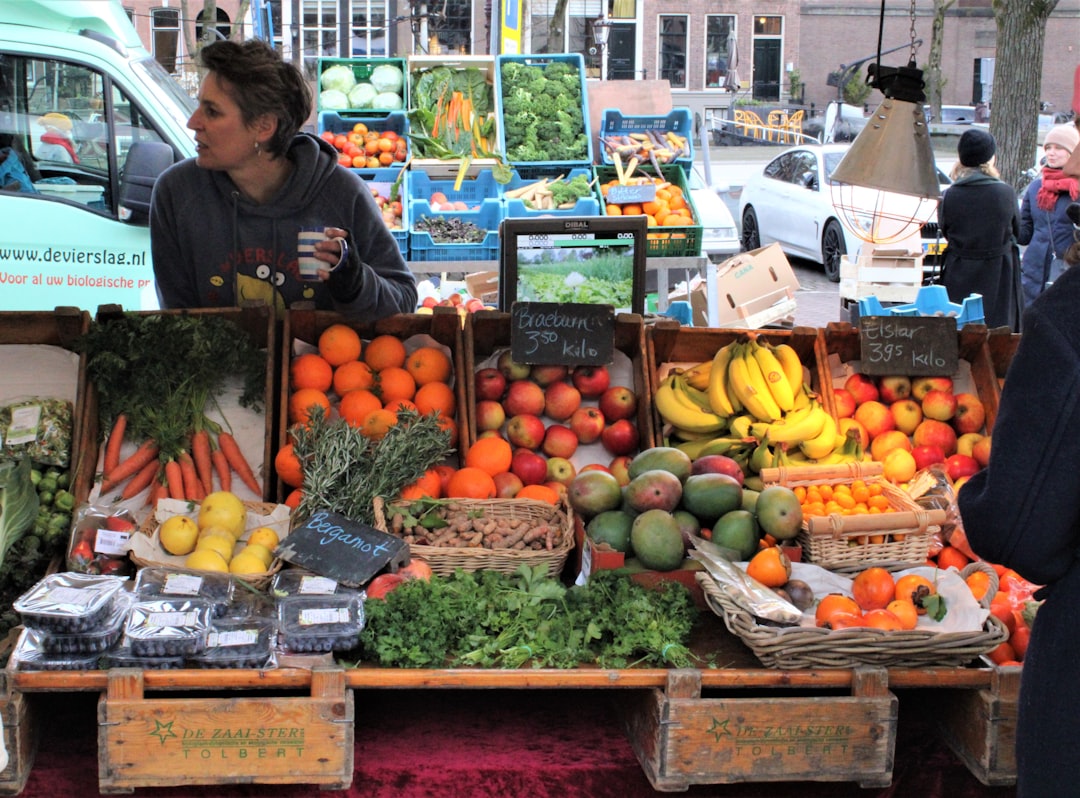What is it about?
Microentrepreneurs in emerging markets often rely on informal lenders for their routine borrowing needs. This paper investigates informal lenders’ and microentrepreneurs’ incentives to participate in a lender–borrower relationship in a market in which repayments are neither law protected nor asset secured. We consider a borrower who seeks a short-term loan, invests in a project, and repays in full using her project earnings if the project is successful. If the project fails, the borrower uses her outside option to repay over a period of time. The analysis uncovers an interesting effect of the borrower’s outside option on the loan rate offered by the lender—the loan rate first increases and then decreases with the borrower’s outside option. An important policy implication is that an increase in the outside options of the poor microentrepreneurs might actually reduce their surplus. Finally, we find that lenders in emerging markets may be more likely to engage in informal lending compared to those in developed or poorer markets.
Featured Image
Why is it important?
Microentrepreneurs in emerging markets often rely on informal lenders for their routine borrowing needs. This paper investigates informal lenders’ and microentrepreneurs’ incentives to participate in a lender–borrower relationship in a market in which repayments are neither law protected nor asset secured. We consider a borrower who seeks a short-term loan, invests in a project, and repays in full using her project earnings if the project is successful. If the project fails, the borrower uses her outside option to repay over a period of time. The analysis uncovers an interesting effect of the borrower’s outside option on the loan rate offered by the lender—the loan rate first increases and then decreases with the borrower’s outside option. An important policy implication is that an increase in the outside options of the poor microentrepreneurs might actually reduce their surplus. Finally, we find that lenders in emerging markets may be more likely to engage in informal lending compared to those in developed or poorer markets.
Perspectives
Microentrepreneurs in emerging markets often rely on informal lenders for their routine borrowing needs. This paper investigates informal lenders’ and microentrepreneurs’ incentives to participate in a lender–borrower relationship in a market in which repayments are neither law protected nor asset secured. We consider a borrower who seeks a short-term loan, invests in a project, and repays in full using her project earnings if the project is successful. If the project fails, the borrower uses her outside option to repay over a period of time. The analysis uncovers an interesting effect of the borrower’s outside option on the loan rate offered by the lender—the loan rate first increases and then decreases with the borrower’s outside option. An important policy implication is that an increase in the outside options of the poor microentrepreneurs might actually reduce their surplus. Finally, we find that lenders in emerging markets may be more likely to engage in informal lending compared to those in developed or poorer markets.
Jian Ni
Johns Hopkins University
Read the Original
This page is a summary of: Informal Lending in Emerging Markets, Marketing Science, December 2017, INFORMS,
DOI: 10.1287/mksc.2017.1061.
You can read the full text:
Contributors
The following have contributed to this page










